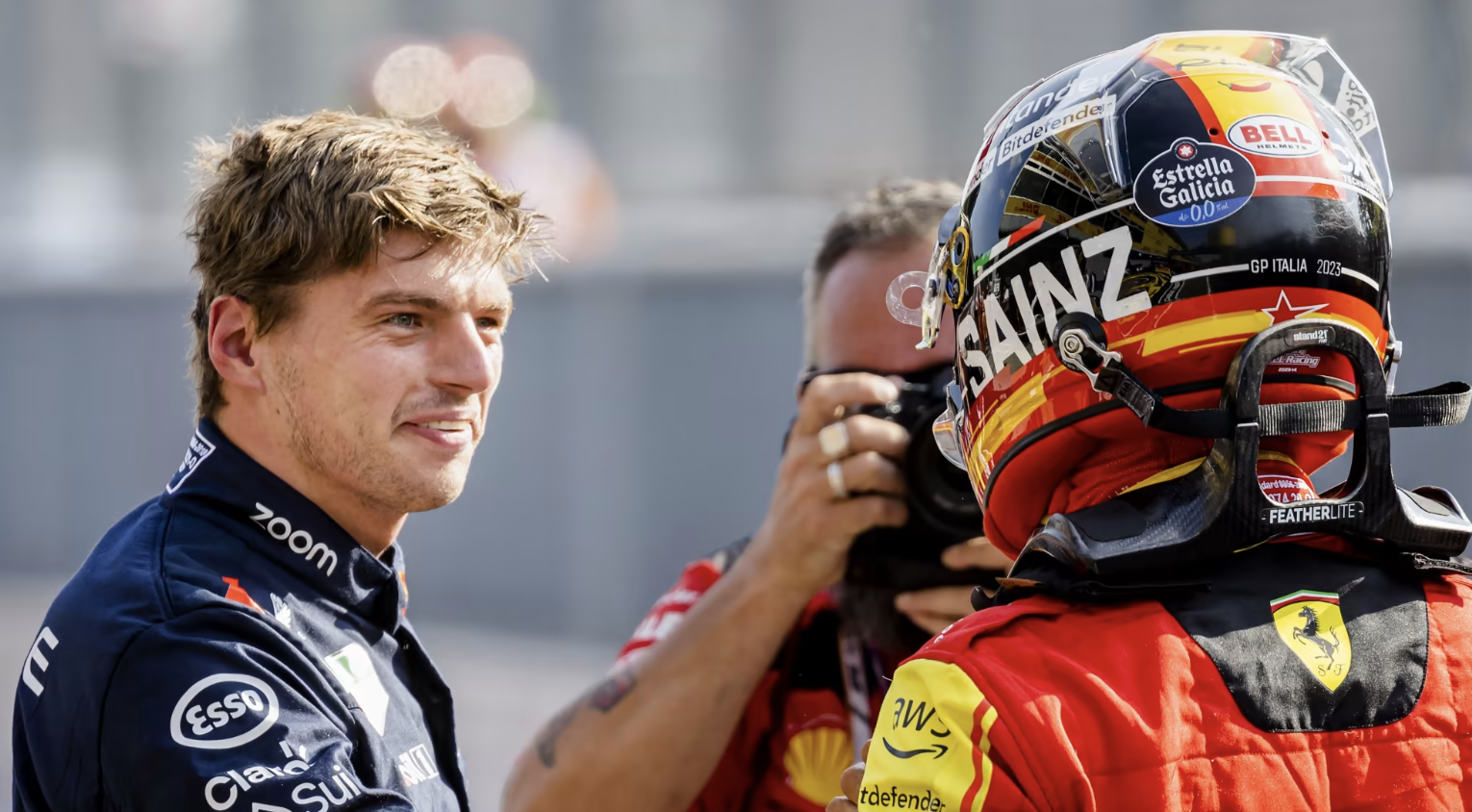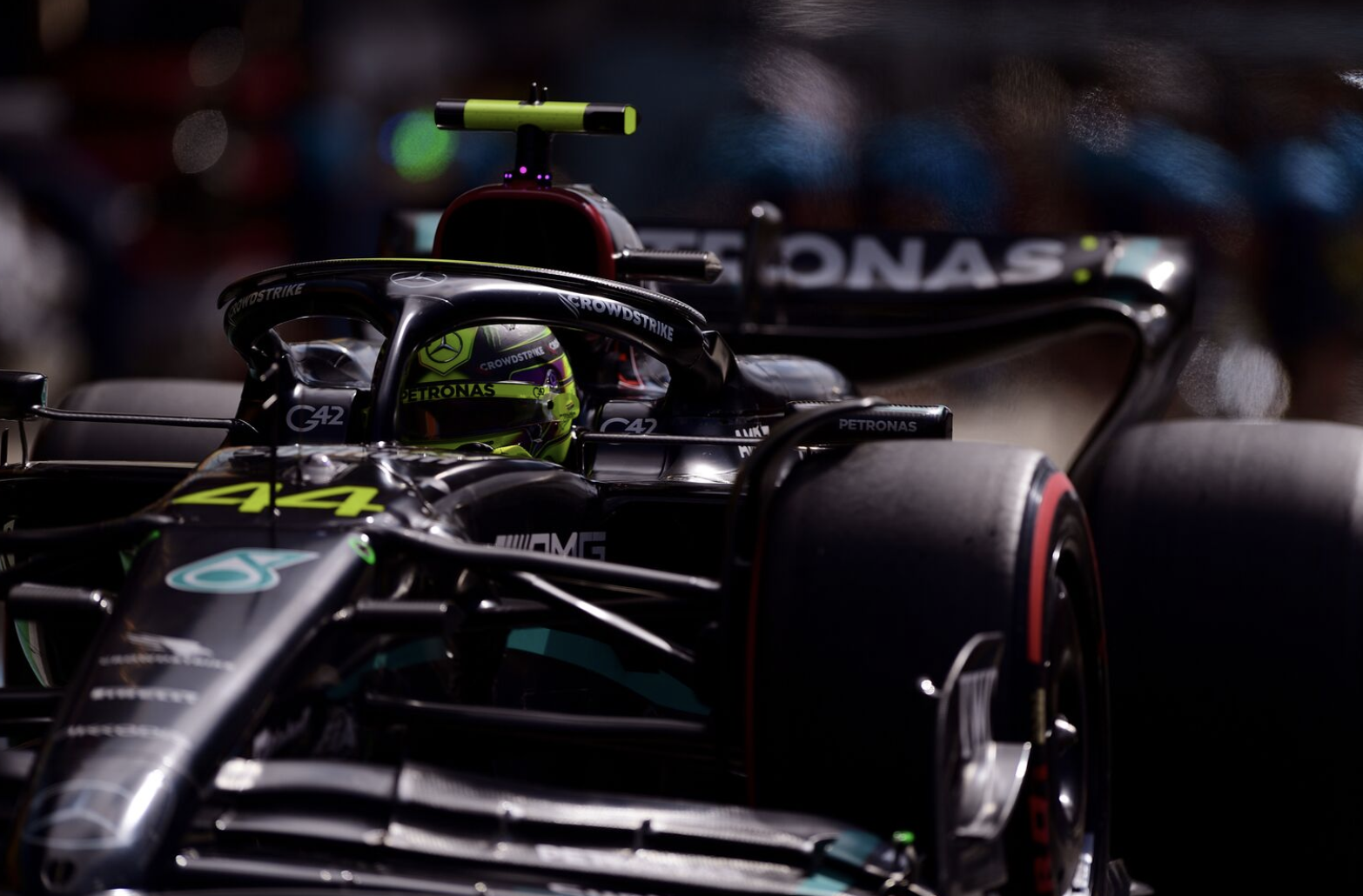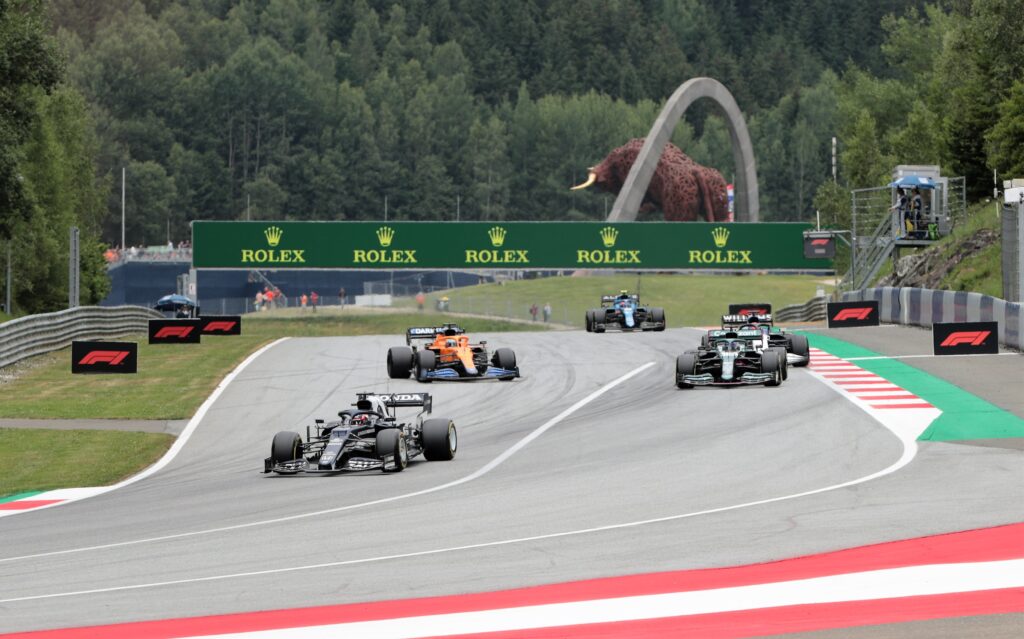One of the premier auto racing outlets, Formula 1, has long been admired in Europe. Its popularity in North America is a more recent development, gaining tremendous exposure from the Netflix docuseries Drive to Survive and social media. Fans are increasingly more connected to race teams and drivers than previously imagined.
With internet streaming, access to races is easier. The increased viewership means more profit for F1, its teams, and its drivers.
F1’s revenue sharing shares similarities with European soccer. Drivers and teams compete on a circuit. Twenty-three races across nine months and four continents dictate who earns the most money. The standings are like the table, with each place having a monetary incentive to reach. Sponsorships, broadcast deals, car manufacturer investments, and benefactors pump funds into the league and their respective teams.
F1 is owned by Liberty Media, which enjoyed a record revenue of over $2.57 billion in 2022. Liberty has overseen F1’s surge in popularity since they acquired the racing league in 2017. Record viewership globally has expanded its profile. The media outlet also negotiated a lucrative broadcast deal with ESPN that runs through 2025. The sports channel pays $75 to $90 million annually for the U.S. media rights to F1 races. Fans can now watch all twenty-three races on ESPN+ and sometimes on ESPN2.
Like any racing venture, F1 teams are expensive operations. Using cars that can hit 250 mph requires the fastest engines – which now must include hybrid energy components – and employing the best engineers, pit crew, and drivers. It is no small feat. Finishing as high as a driver and team can give them funds to cover car repairs, travel expenses, and salaries.
However, F1 is a sport of haves and have-nots. Big car companies like Mercedes, Ferrari, and McLaren have little qualms about pumping funds into their F1 teams. They hire the best strategists, engineers, and designers because they can afford to. Races are seen as marketing opportunities. Having a team do well resonates with the public and with company accounts. You don’t have to win every race to get money, but a higher finish will dictate a better payout at the end of the season.
The 2023 prize pool is worth $900 million out of $2.2 billion earned. The team that wins the Constructor’s Championship (the best team award) will get the most money. The top team gets around 14% of the total prize pot, while the bottom gets around 6%. It has shortened the wealth gaps between those with more resources and those without.

Photo courtesy Formula 1
Sponsorships are critical for producing money for team operations. It shows in the number of top brands asking for a spot on the cars or the driver jumpsuits. Forbes reported Ferrari banked over $2.1 billion in sponsorships from 2009 to 2019. Sponsors in 2023 include Spanish bank Santander, Shell, Amazon Web Services, Ray-Ban, Philip Morris, and Pirelli.
The other richest teams, Red Bull Honda, and Mercedes, have benefitted from their sponsorships as well. Red Bull has Oracle, Bybit, Tag Heuer, Mobil Oil, TelCel, and Siemens. While Mercedes boasts Petronas, Tommy Hilfiger, INEOS, TeamViewer, Snapdragon, UBS, HP-Enterprise, and Monster Energy. The money has helped these teams create the fastest cars on the circuit, and it shows.
Having good financial backing from a massive car brand can turn a team’s fortunes. But what about teams like Williams, Haas, and Alpine? While Alpine is the sportscar side of the French brand Renault, it doesn’t have the same resources as Mercedes. American race outlet Haas and British team Williams don’t have the budgets like the big players (in the case of Haas, they don’t want to invest more than necessary). To climb the standings, you need a good driver, and those do not come cheaply.
Driving an F1 car is physically and mentally toiling. Drivers are contract athletes and they come at a price. Max Verstappen is the highest-paid, earning over $60 million as the lead driver for Red Bull Honda. The two-time defending champion is followed by eight-time circuit winner Lewis Hamilton of Mercedes with $55 million and former two-time champ Fernando Alonso of Aston Martin with $30 million. Driver skill plays a role in their salary and which teams will move for them.

Photo courtesy Formula 1
Attention on the drivers has never been higher. Some of that is due to Drive to Survive, as fans learned why these drivers are risking their lives to drive at insane speeds down narrow streets in Monaco. Social media has allowed people to connect with drivers. Some drivers have expressed irritation with the Netflix show, believing it builds narratives and sensationalizes the sport. Nevertheless, F1 is seeing record growth across the board. New races in Las Vegas and Miami encapsulate how much America has embraced F1 in the last five years.
The F1 circuit driver registration fees are high. Racing publication Crash says some drivers (Verstappen) paid as much as $1 million to enter the 2023 season.
High-octane racing is not a sport someone just picks up. Racing is expensive. With a skill gap between drivers and a wealth gap between the big, medium, and small teams, there has to be a way to make F1 competitive. To keep parity, F1 instituted a budget cap for racing-related expenses. It was introduced during the 2021 season, with discussions held in 2020. Any team over the spending limit faces penalties from the international racing governing body, the FIA.

Photo courtesy Formula 1
Shrinking the wealth gap even further is the Concorde Agreement. The deal, signed by F1 and the FIA, determines how broadcast revenue and the prize pot are shared. Since the inaugural Agreement in 1981, there have been eight versions, the most recent in 2021. Concorde ensures all teams compete in all of a season’s races. It ensures they get a share of the money. The 2021 version introduced the inclusion of the budget cap.
Whether the budget cap has worked has yet to be seen. At the time of writing, Red Bull and Verstappen are on course to win their third consecutive championship, Driver’s and Constructor’s. Their chase driver, Sergio Perez, occupies 2nd place. The dominance of Mercedes has ended, even with Lewis Hamilton sitting in 3rd. With Carlos Sainz from Ferrari in 4th.
F1 is maturing. There are more regulations about using electric power in engines, and a new team from Audi will soon join the pack. The grid is only going to get tougher. The sport’s popularity in North America will be tested if Drive to Survive doesn’t continue. However, with three U.S.-based races plus the Canadian Grand Prix, the audience for F1 is establishing itself.





